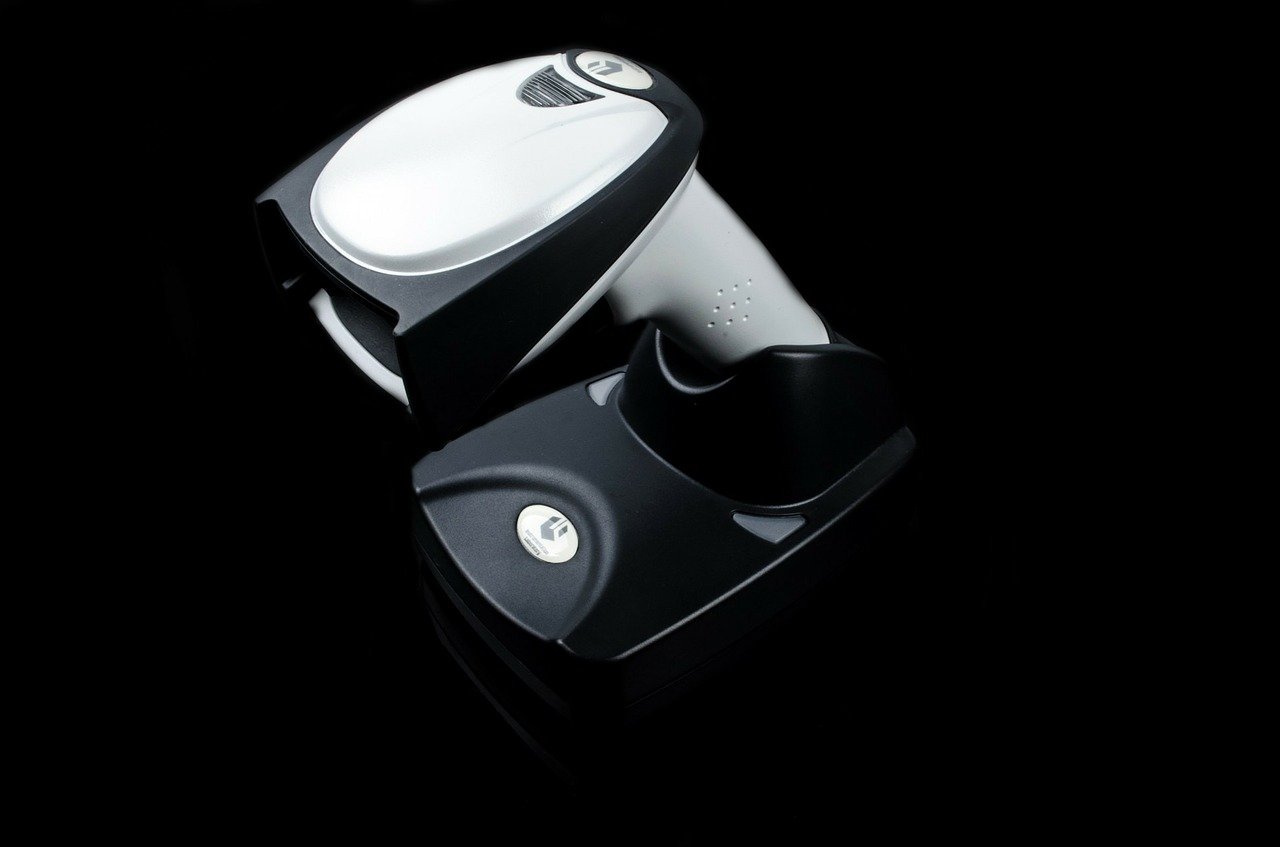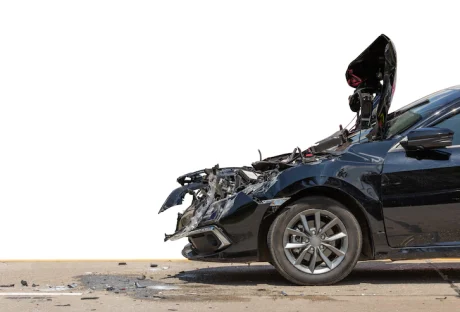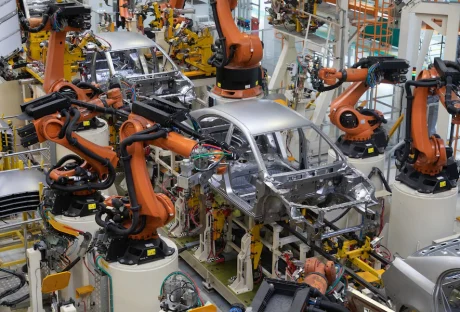If you’ve owned a car for many years, you’ve probably encountered a flashing check engine light at least once. If you haven’t, then you should know that this light indicates trouble. It signifies that there is a problem somewhere in the car.
The trouble is, you don’t know exactly where it is, and with all the technology people have in their cars nowadays, it’s even more challenging to figure out. Thankfully, code readers were invented. A code reader is a portable tool that you can plug into a vehicle, and it shows you precisely what area needs fixing. Sounds incredible, right?
Here are more reasons why you should have a code reader in your car.
Helps You Save Money:
Getting your car into a shop costs money and face it, not all mechanics are honest. Having access to an onboard diagnostic 2 (OBD2) tool like a code reader can be handy when you’re experiencing troubles with your car.
More modern cars have what they call OBD2 ports wherein you can plug your diagnostic devices. This port is found just below the dashboard on the driver’s side. Plugin your code reader into the port and refer to your obd2 scanner guide to check what the light means.
Take, for example, when your gas cap is loose or missing, the check engine light will start to blink. Taking it to a mechanic will cost a few hundred dollars, but with a code reader, you know exactly what you need to do. If it’s loose, you can tighten it. If it’s missing, it’s still a few dollars less than a visit to a mechanic.
Prevents Problem During Cold Weathers:
During extreme cold weathers, your car can experience several problems. You’ve probably experienced sitting several minutes on your driveway waiting for your car to heat up only to find out there’s a problem and you’re stuck in freezing weather.
Here are several things that can happen to your vehicle during cold weathers:
- Your car fluids such as your oil, transmission fluid, and even brake fluid can thicken which will make it difficult for your car to run.
- Your car battery could fail you during cold weathers because it’s going to exert more effort in starting your car. Be sure to check the health of your car battery even before winter season arrives.
- The tire pressure can be significantly affected in freezing temperatures. Fluctuating tire pressures can result in uneven wear and tear of your tire and worst cases, a tire blow out.
- Your spark plug becomes unreliable and starting your car can become difficult.
With a code reader handy, you will easily be able to know what’s wrong with your car even during extreme weather conditions. Knowing what needs to be repaired helps you keep your vehicle running safely.
They’re Portable:
More than being able to save money on repair costs and expensive auto-mechanic fees, a code reader is a portable device that can help ease your mind. This is especially true when you frequently use your car on road trips or vacations.
For example, if you have a recreational vehicle that your family uses a couple of times a year, you would want to have a code reader with you during the trip just in case something happens. If a problem is fixable, you can do it on your own and avoid a costly detour to the mechanic.
Moreover, people who like to drive cars are usually keen on taking care of their own vehicles. It gives them that sense of pride when they can fix the problem with their own hands. More importantly, code readers are compatible across many types of vehicle, which means you can buy a single tool for all of your cars.
Keeps You Safe:
You don’t want to be going on a vacation with your family in the car while the check engine light is on, but you also don’t want to be ruining a perfect vacation by immediately taking it to the mechanic.
Having a code scanner in your car will help give you a more reasonable explanation as to what the problem might be. Driving your car without knowing the severity of the problem can cause accidents
Conclusion:
A code reader isn’t just a reasonable investment. It’s a device that can help bring you peace of mind while on the road and will help you save tons of money on repairs and maintenance. What most car owners don’t realize is that some car problems could have been prevented if they were able to spot it immediately. Now, with a code reader finding the problem before it becomes a nuisance is made easier.
Read Also:






















